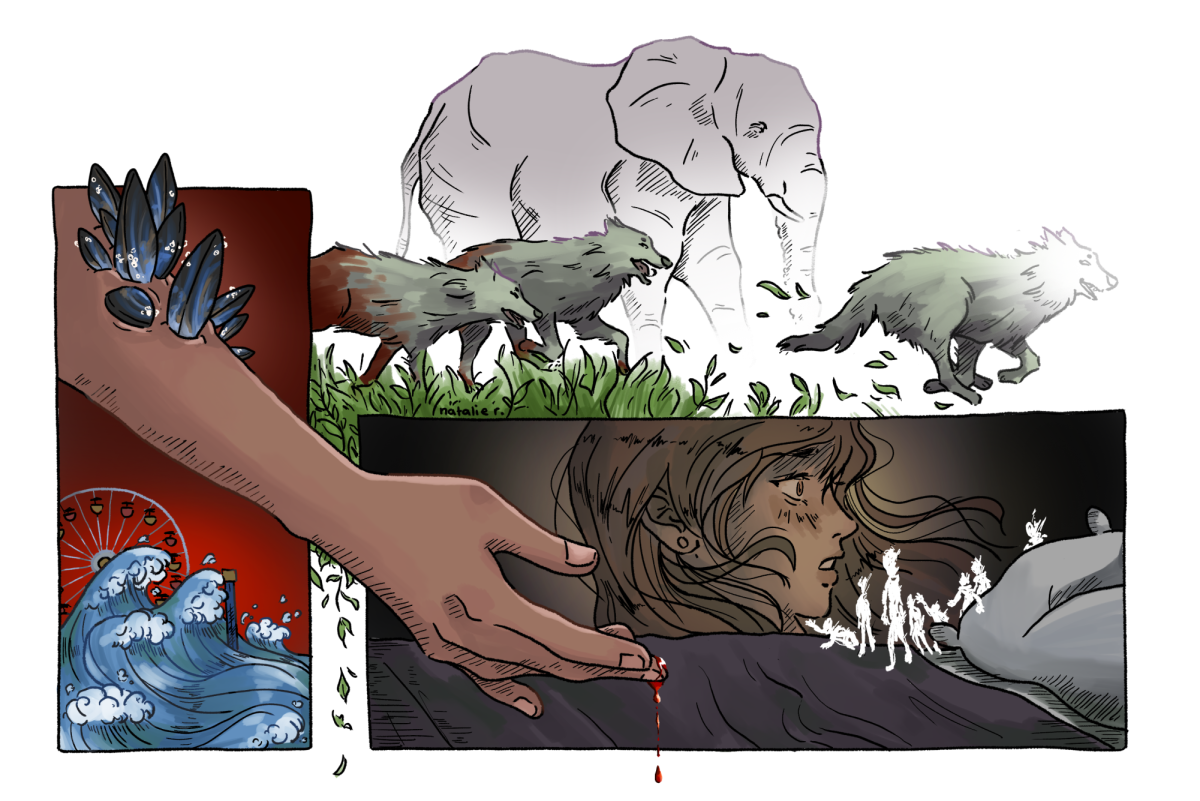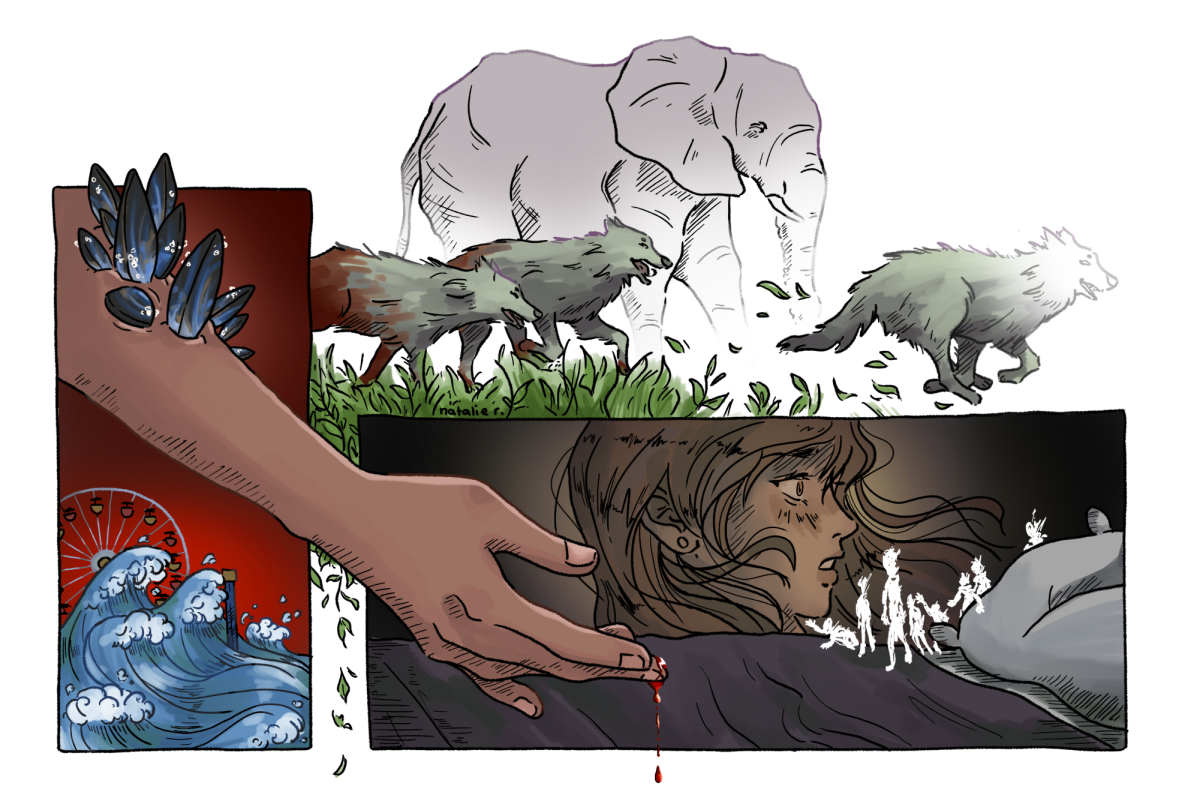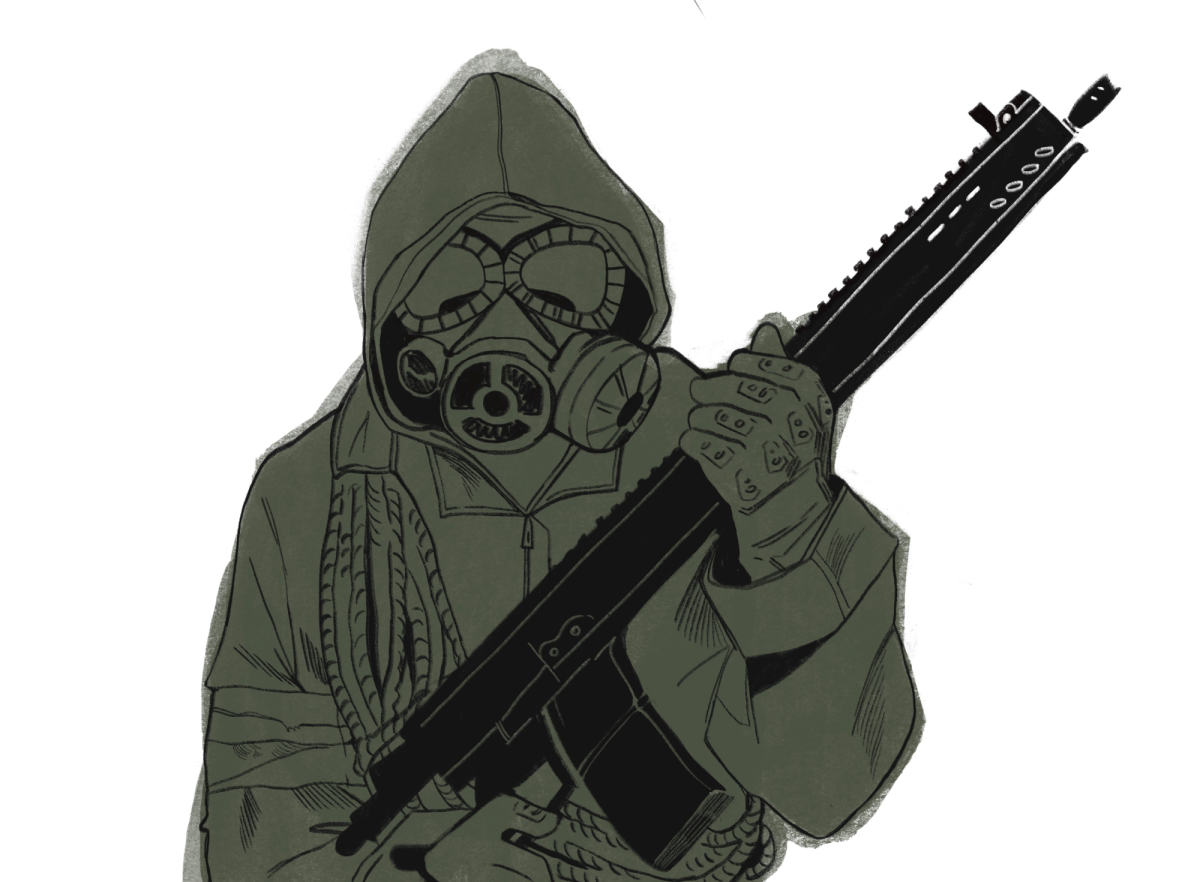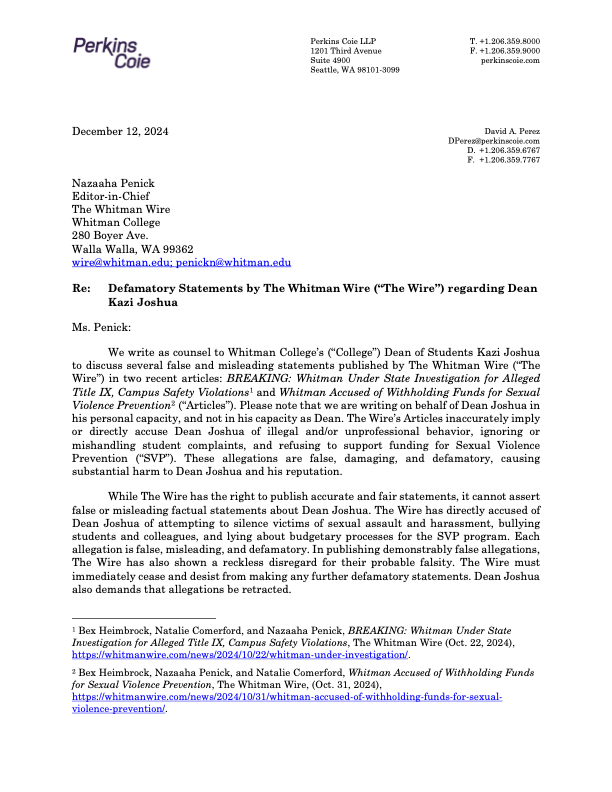
The state of Washington is in a fiscal crisis, and many government programs are on the chopping block; this includes cuts to community and technical colleges, the Department of Corrections and the Department of Social and Health Services. With the legislature facing an estimated 4.5 billion dollar budget deficit over the next two fiscal years beginning with the 2011-2012 budget–figures that exceeded initial projections–extensive cuts are planned statewide, not excepting small towns like Walla Walla.
Given the fact that a high percentage of Walla Walla residents are employed by both the Washington State Penitentiary and Walla Walla Community College (WWCC), two state-funded institutions that face significant cuts, the budget deficit has the potential to reshape the city.
WWCC serves over 13,000 students from across the Walla Walla Valley. College administrators believe they need to plan for the loss of 10 percent of their state allocation, a cut that comes on top of last year’s 15 percent cut which resulted in a loss of 3 million dollars. And administrators are not sure that this money is coming back.
“We are of the mind that this is a long term issue,” said Davina Fogg, vice president of financial services for WWCC. “That it’s not like it’s a bubble and we’ll be getting the money back in a couple of years. This is what we’re calling the new normal.”
With an understanding that whatever programs and services they cut could be lost forever, the college is faced with a kind of identity crisis: do they cut academic or vocational programs? What kind of school should they become?
“When you’re budgeting for things like this you don’t want to overreact and make cuts that you can’t somehow get back,” said Fogg. “For instance, if we were going to cut a program, it’s very hard to then get the momentum back up and the students into it.”
WWCC will look primarily at programs that have low enrollment and that have failed to produce real job opportunities as potential targets for elimination, but Fogg declined to specify any further information given that no real decision has been made.
Fogg estimates that the school will be unable to serve the equivalent of 250 full-time students with the aforementioned 10 percent cut.
“I feel like the quality of our instruction and our ability to meet students’ needs is going to be severely impacted at the cut levels we’re currently talking about,” she said.
The college is nonetheless attempting to preserve its instructional capacity by not filling vacancies, particularly at the administrative level, and by cutting down already small travel and equipment budgets.
In a different part of Walla Walla, the penitentiary has thus far avoided significant cuts, which according to Tim McCarty, director of support services for the city, is due to pressure from residents.
“They were on the chopping block at one point for as many as 300 jobs but escaped cuts in large part because of some significant lobbying from people here who said, ‘We need that; that’s important to us’,” said McCarty.
According to seattlepi.com, the Department of Corrections must cut 52 million dollars this year, and more cuts appear to be around the corner. In order to save money, Governor Chris Gregoire has stated her desire to close Larch Corrections Center near Vancouver, Wash., a 400-bed facility.
On the other hand, the Walla Walla County Department of Social and Health Services is facing the threat of losing all of its state funding, which would only allow it to serve the absolute neediest patients. The department dispenses mental health services to the Medicaid population with federal money, but is able to serve beyond the federal access to care standards with the help of state funds, most of which will dry up in the newest round of cuts.
According to Daryl Daugs, the director of the Walla Walla County Human Services, the loss of state funding will in the long run cost the state more money, because his department will only be able to serve the people in dire need, rather than prevent such need from occurring.
“Rather than helping people early in the downward cycle of mental illness, we’ll only be able to help them at the very end,” said Daugs. “That means higher hospitalization rates, which is the most expensive way to help people . . . Those people end up homeless, or in our legal system, or in jail. It makes it harder on every department.”
Fogg echoed this sentiment when discussing an inmate education program at the penetentiary, run by WWCC, that faces 12 percent cuts.
“As you cut inmate education, you increase the chance of re-offending, and we as the tax payers all get to pay again,” she said.
Daugs believes that, despite the ineffective nature of some of the cuts, there may be a silver lining for the state; some of the purely bureaucratic red tape could be taken off the budget, which he believes would be a good thing.
“There may be some good things that come out of this,” he said. “In any bureaucracy, any company, you develop a certain amount of fluff and inefficiency. We have to clear those things up. In the long run, the hope is that the fluff will not come back.”
But, as both Fogg and Daugs point out, the cuts themselves are not the most efficient actions in terms of cost-benefit analysis for they will most likely end up costing the state millions in the long term.
“We’ve made such huge cuts over the last year, and unfortunately we’re now at the point where vital services to vulnerable people–kids in foster care, domestic violence victims–all of those areas are where we’re just cutting huge areas out,” said Daugs. “And people are going to die as a result. You’d never directly link it to a budget cut, but the average life expectancy of somebody with mental illness is much less than average, around 55, and that’s just going to get worse.”












Bruce Pritchard • Apr 20, 2011 at 10:27 am
Show me where these inmates are getting all these jobs. Most employers will not hire a person with that kind of record. The state produces these “reports” for their own purpose.
If the free college and vocational is so prosperous for the state of WA then they should fund the program without any subsistance. The US gov is broke and the St of WA is broke. Cut the fluff and save what is the real investment in the future… some kid who keeps his or her nose clean and has parents who work hard but have trouble funding their kids college.
Get smart! As far as The ST pen goes, see how the community turns the institution into a business venture. It’s about jobs not incarceration.